
Microsoft's claim that its recently released Project Reunion 0.5 for unified Windows desktop development would soon see support by third-party sources that provide "ecosystem technologies," including the .NET Foundation's Windows Community Toolkit (WCT), is ringing true.
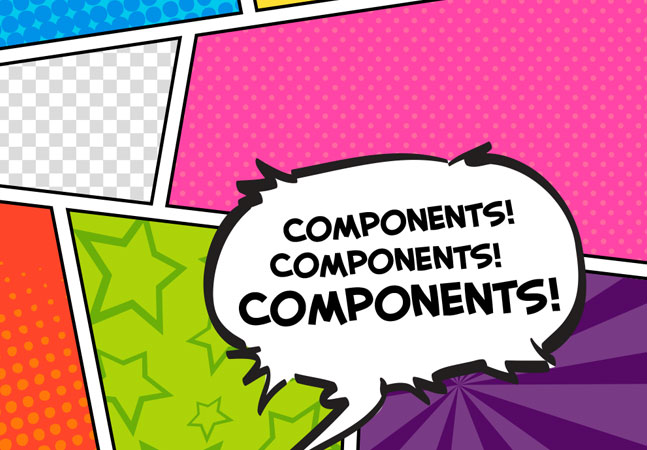
Some organizations are already supporting the milestone release, designed to simplify Windows desktop development, with "ecosystem technologies." Here's an update on what's out there now and what's coming.
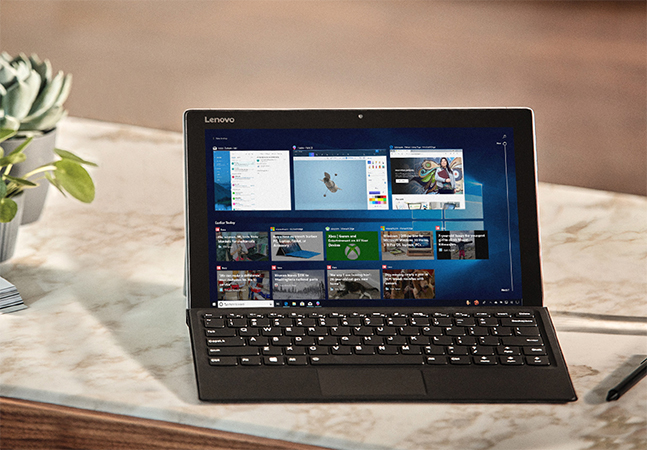
Microsoft shipped a production-ready Project Reunion 0.5, which for the first time contains tooling for WinUI 3 desktop applications that are forward-compatible with future releases.

For .NET coders targeting Windows, the choices boil down to more traditional XAML-based solutions or newer options based on web tech.

Microsoft this month announced its Azure Functions -- for serverless cloud computing -- now supports .NET 5, a November 2020 umbrella offering that followed the .NET Core series of open source, cross-platform releases, which supplanted the old .NET Framework.

Amazon Web Services announced a developer preview to ease the process of deploying .NET web apps on the cloud platform, which has become more complex with the advent of tech like Docker and serverless joining the ever-growing .NET ecosystem.

The latest update to the Azure SDK adds Mixed Reality and Event Grid client libraries for .NET to the cloud platform's dev tooling, along with Java Azure Core library and other features.

Updates to Microsoft's AI/ML tooling highlight recent developments in the .NET dev world, which include PeachPie 1.0 (PHP in .NET) and new performance monitoring support for Xamarin.

A Microsoft project demonstrates a .NET 5 Blazor upgrade by powering a digital variation of the old Rock, Paper, Scissors hand game.
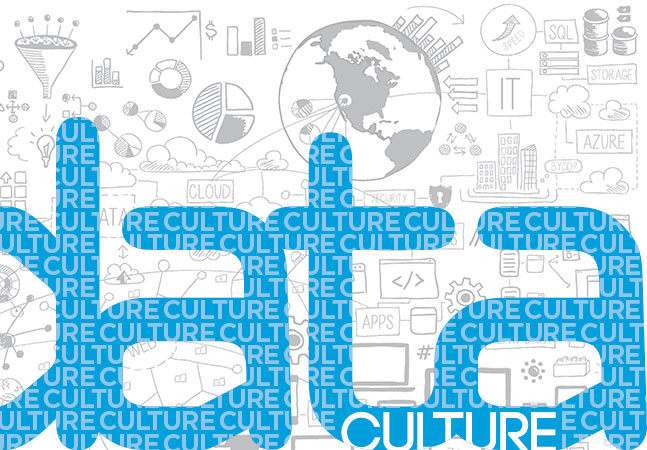
Microsoft's data dev team recently shipped Entity Framework Core 6.0 Preview 2, which comes a couple months after a survey surprised them with indications many developers are sticking with tech that can be more than 10 years old.

A new .NET Standard Model-View-ViewModel (MVVM) library heads the list of new features in the Windows Community Toolkit, which just shipped in version v7.0.

Razor and Blazor received some dev attention in the second preview of Microsoft's .NET 6 landmark release, coming in November to wrap up formerly disparate .NET components into one cross-platform, open source framework for just about any kind of application.

Microsoft and Uno Platform have teamed up to highlight the cross-platform app development capabilities of their respective dev tooling offerings.

The second preview of Microsoft's game-changing .NET 6 release is out, adding support for Apple Silicon chips along with an early implementation of .NET MAUI, an evolution of the Xamarin.Forms mobile-centric framework that adds desktop app support.
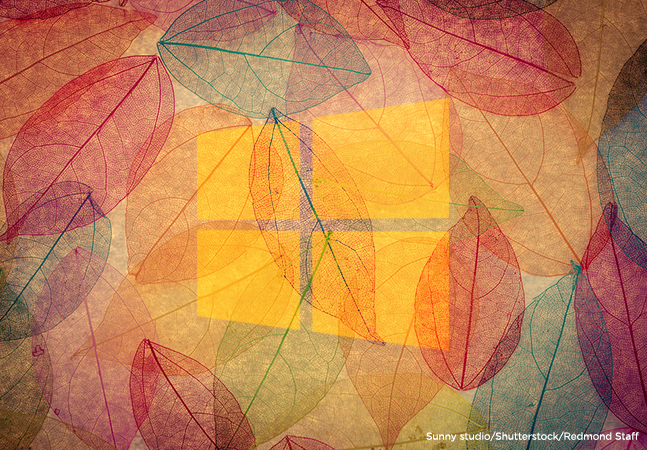
In an expansive effort to point its developer tooling at everything from the cloud to mobile to web to IoT to gaming to whatever, Microsoft may have neglected one obvious target: Windows. So here is Project Reunion, bridging Win32 and UWP.

Microsoft recently warned developers that .NET Core 2.1 won't be supported after Aug. 21, after previewing a new .NET Upgrade Assistant.

F# Interactive can run F# code interactively at the console, or execute F# scripts: " In other words, F# interactive executes a REPL (Read, Evaluate, Print Loop) for the F# language."
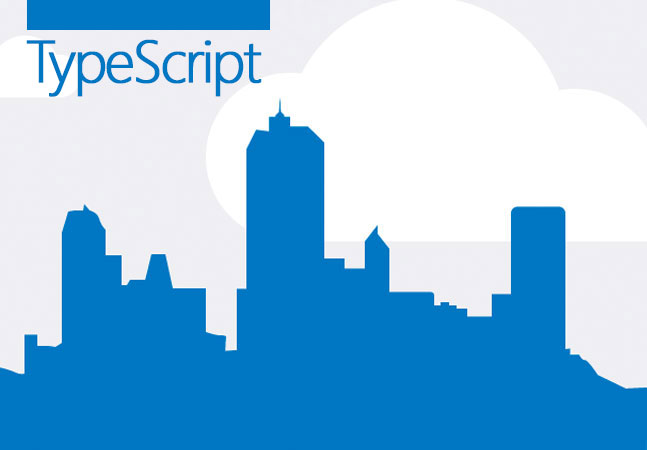
"We want the handbook to feel like the first recommendation you give for learning TypeScript."

Microsoft is helping Google provide support for foldable devices -- specifically the Surface Duo -- in Flutter apps.

During its Ignite 2021 online event for IT pros and developers this week, Microsoft shipped Visual Studio 2019 for Mac v8.9, arriving with out-of-the-box support for .NET 6 Preview 1, which the company also released recently.